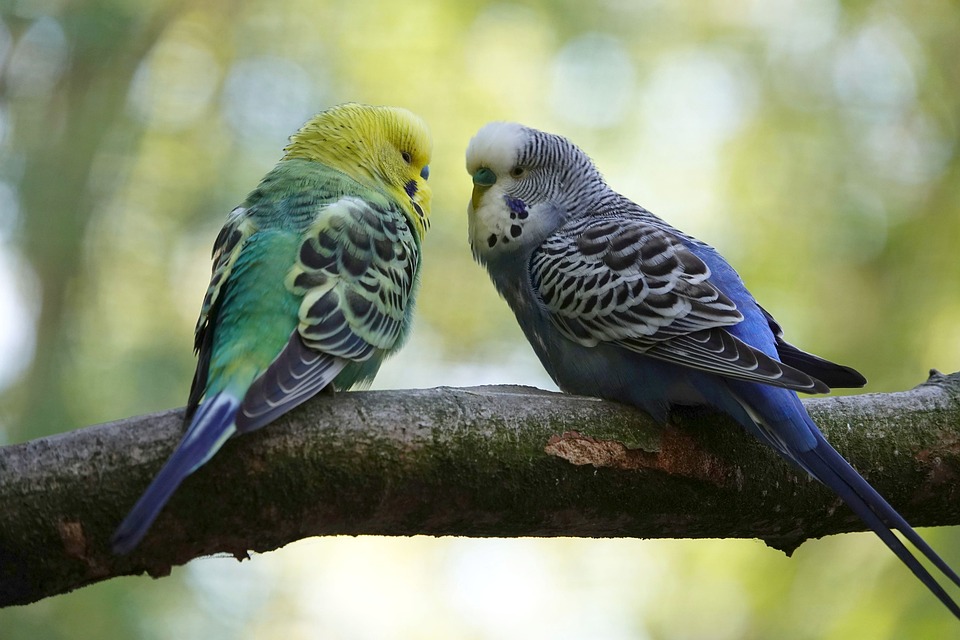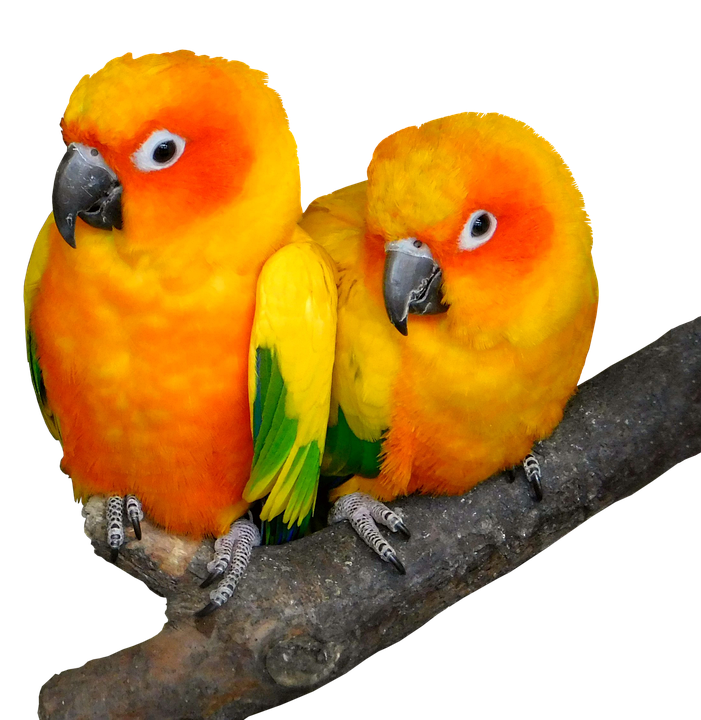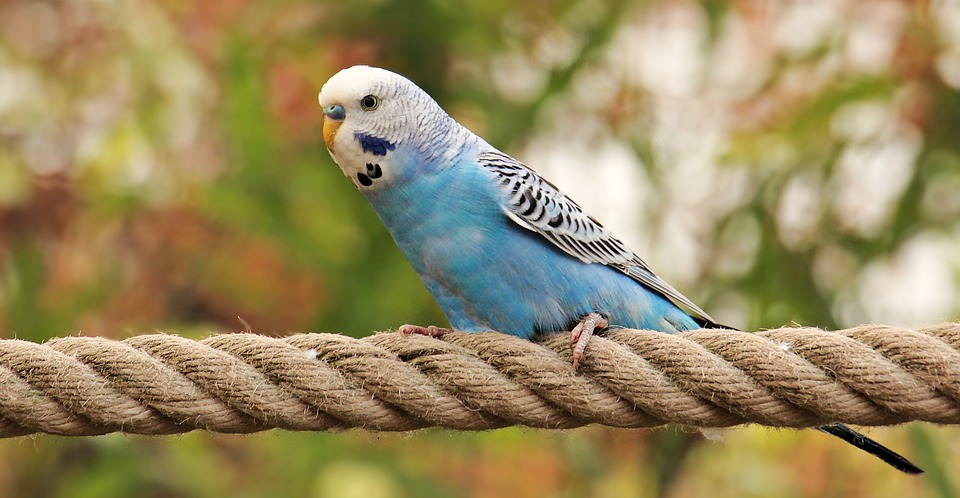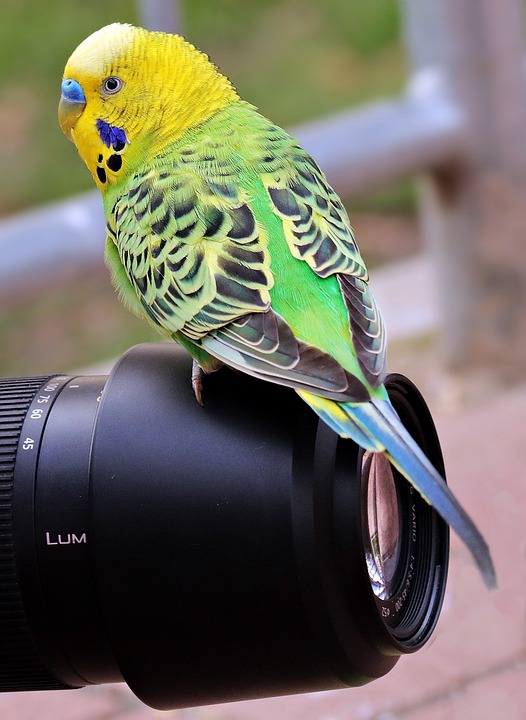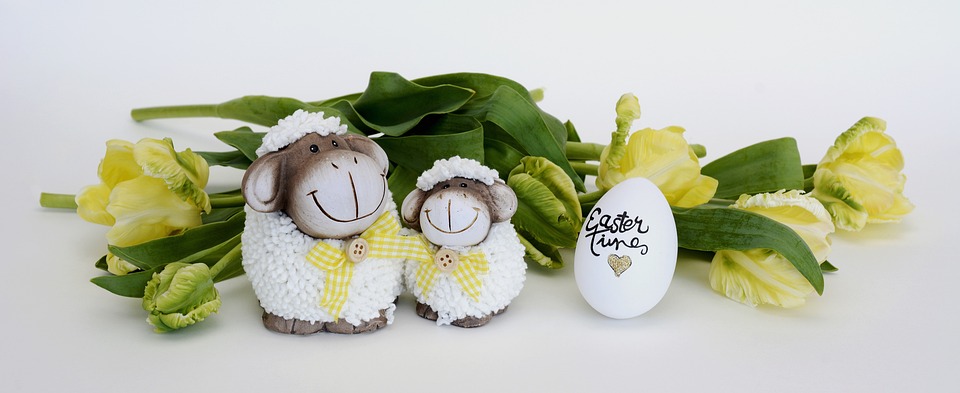Introduction:
Aggressive behavior in parrots can be a concerning issue for many bird owners. In a household setting, it becomes even more crucial to address aggressive behavior towards specific family members. This article will guide you through the use of positive reinforcement techniques to tackle aggression effectively. By understanding the underlying causes and implementing appropriate strategies, you can create a harmonious environment for both your parrot and family members.
I. Understanding Aggressive Behavior in Parrots
A. Types of Aggression
Parrots can display various types of aggression, including territorial aggression, fear aggression, hormonal aggression, and redirected aggression. Understanding the specific type of aggression your parrot is exhibiting is crucial for addressing it effectively.
B. Potential Causes for Aggression
Aggression in parrots can be caused by a variety of factors, such as fear, stress, hormonal changes, lack of socialization, or previous negative experiences. Identifying the underlying cause will help in developing an appropriate plan to address the aggression.
C. Identifying Specific Family Member Aggression
It is essential to identify if the aggressive behavior is specifically targeted towards certain family members. This can help determine if there are any triggers or specific dynamics at play that need to be addressed.
II. The Power of Positive Reinforcement
A. Basics of Positive Reinforcement
Positive reinforcement involves rewarding desired behaviors to encourage their repetition. This approach focuses on rewarding good behavior instead of punishing aggressive behavior, which can be counterproductive.
B. Benefits of Positive Reinforcement Training
Positive reinforcement training is a humane and effective method to address aggression in parrots. It helps build trust, strengthens the bond between the parrot and family members, and encourages desirable behaviors.
C. Establishing Trust and Bonding
Positive reinforcement techniques, such as using treats, praise, or playtime, can help establish trust and build a positive association between the parrot and family members. This can reduce fear and anxiety, leading to a decrease in aggressive behavior.
III. Implementing Positive Reinforcement Techniques
A. Identify Triggers and Avoidance
It is important to identify the specific triggers that cause aggression in your parrot. Once identified, you can work on avoiding or minimizing exposure to those triggers to prevent aggressive episodes.
B. Counter-Conditioning and Desensitization
Counter-conditioning involves gradually exposing the parrot to the triggers in a controlled and positive manner, while desensitization focuses on reducing the parrot’s response to the triggers. These techniques can help your parrot develop a more positive association with the specific family member.
C. Reward-Based Training
Reward-based training involves rewarding desired behaviors, such as stepping up onto a perch or interacting calmly, with treats or praise. By consistently rewarding these behaviors, you can reinforce positive actions and discourage aggression.
D. Consistency and Patience
Consistency is key when using positive reinforcement techniques. It is important to establish a consistent routine, reinforce positive behaviors consistently, and avoid inadvertently rewarding aggressive behavior. Patience is also necessary, as it may take time for your parrot to learn new behaviors and overcome aggression.
IV. Frequently Asked Questions (FAQs)
A. What should I do if my parrot shows aggression towards a specific family member?
It is important to identify the triggers and work on counter-conditioning techniques. Avoidance of the trigger and positive reinforcement for calm behavior can also be effective strategies.
B. Can aggressive behavior in parrots be completely eliminated?
While it may not always be possible to completely eliminate aggressive behavior, positive reinforcement techniques can help manage and reduce aggression significantly.
C. How long does positive reinforcement training take to show results?
The timeline for positive reinforcement training can vary depending on the individual parrot and the severity of aggression. It is important to be patient and consistent, as it may take weeks or even months to see significant improvement.
D. Are there any specific treats or rewards I should use during training?
It is recommended to use high-value treats that your parrot finds particularly enticing. This can vary from bird to bird, but options like nuts, fruits, or specially formulated parrot treats can be effective rewards.
E. Should I consult a professional if the aggression persists?
If the aggression persists or worsens despite your efforts, it is advisable to consult a professional avian behaviorist or trainer. They can provide specialized guidance and develop a tailored plan to address the aggression.
Conclusion:
Positive reinforcement is a powerful tool when addressing aggression in parrots, especially when it is directed towards specific family members. By understanding the underlying causes, implementing appropriate techniques, and consistently using reward-based training, you can create a safer and more peaceful environment for everyone involved. Remember, patience and consistency are key, and seeking professional advice is always a viable option when needed.



